Travelling to Hiroshima from Osaka couldn’t be easier thanks to the top-notch Japanese infrastructure. All you need is your Japan Rail Pass and a spirit of adventure. Many want to visit Hiroshima to see the Genbaku Atomic Dome, Hiroshima Peace Park and Hiroshima Peace Memorial Museum. Hiroshima is well known for being the place of the world’s first nuclear bombing. However, Hiroshima has risen from its ashes, now being a vibrant city with unique sites, its own delicious dishes and many cultural attractions.
Table of Contents
Tourists usually visit Hiroshima from Osaka as a day trip. We recommend spending a couple of days at least, to sample as much of the local food as possible and to be able to dedicate some time exploring Miyajima, which can be easily accessed from Hiroshima. If you wish to have Osaka as a base, check out where to stay in Osaka.
Don’t forget to check out our 2 weeks in Japan itinerary.
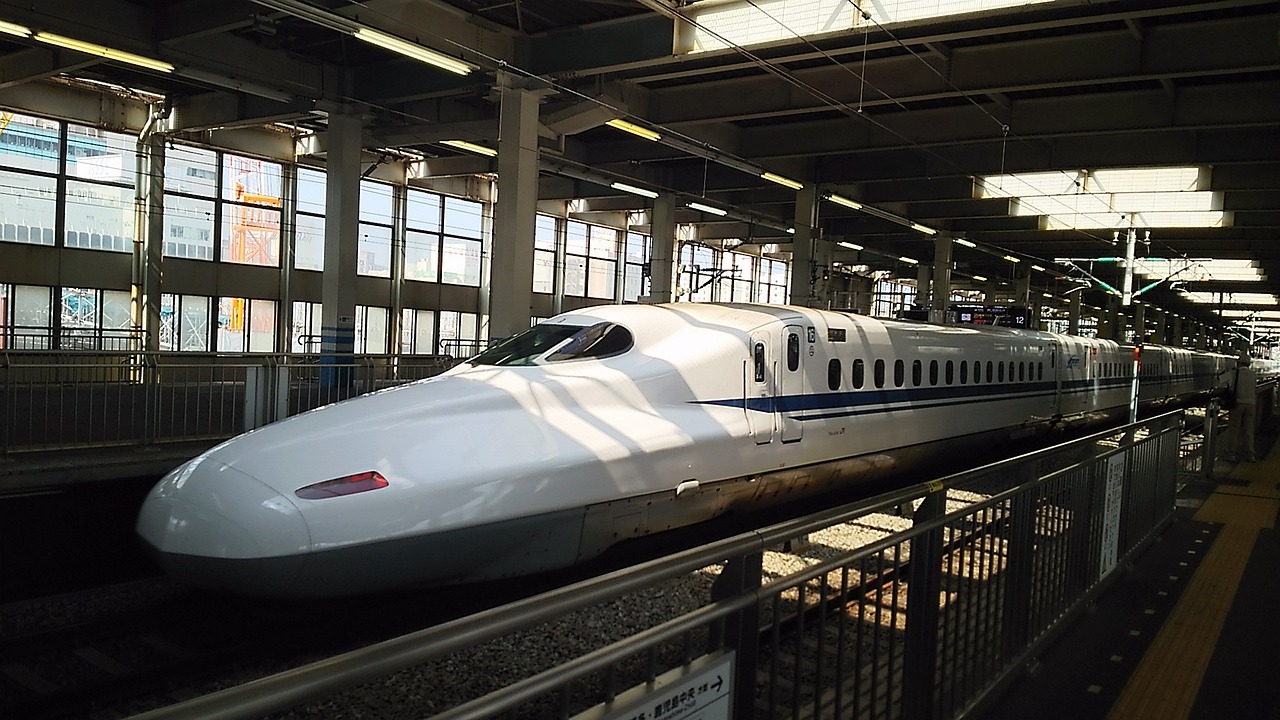
Hiroshima from Osaka by Shinkansen
Getting to Hiroshima from Osaka couldn’t be easier: grab the Shinkansen on the Sanyo Shinkansen Line from Shin-Osaka station to Hiroshima Station. The fare is around 9700 yen or FREE with the JR Pass. The journey takes around 1 hour and 30 minutes with a Sakura Shinkansen or 2 hours and 15 minutes with a Hikari Shinkansen.
Simply go to the Shin-Osaka station, go to the ticket office and either buy your ticket for the next available train or show your JR Pass and the ticket officer will print you a seat reservation. Note that during Spring in Japan and high season, the tickets/seats can be sold out pretty quickly, so you might want to consider reserving yours a couple of days in advance. Alternatively, you can board the train at the non-reserved compartments and try to get a seat there. Either way, having a JR Pass is definitely the easiest and best way.
Did you know? Shin-Osaka and Osaka are two different stations. In order to get on the Sanyo Shinkansen Line bound for Hiroshima, you need to go to Shin-Osaka.
Address: 5 Chome-16 Nishinakajima, Yodogawa-ku, Ōsaka-shi, Ōsaka-fu 532-0011, Japan
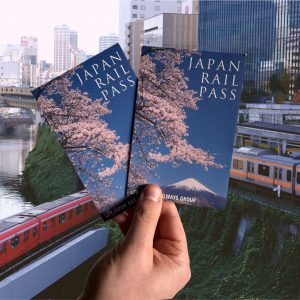
Japan Rail Pass
The optimal way to explore Japan is with a rail pass that is available for durations of 7, 14, or 21 days, offering unlimited travel across the country. Shinkansen included!
Hiroshima from Osaka by Standard Train
You can travel to Hiroshima from Osaka by regular train, however, the ride will take about 6 hours and you have to transfer several times. Of course, taking the regular train is more affordable than the Shinkansen. The journey costs around 5620 yen. Depart from Shin-Osaka (JR Central Japan, Sanyo Main Line, for Himeji) travel to Himeji (Sanyo Main Line, for Niimi) then travel to Okayama (Sanyo Main Line, for Mihara) then change for Mihara (Sanyo Main Line, for Iwakuni) and finally arrive at Hiroshima.
Hiroshima from Osaka by bus
For budget travellers who don’t have a JR Pass, it’s possible to travel to Hiroshima from Osaka by bus. There are daytime and overnight buses. The fare is between 4600 yen to 5900 yen. The daytime journey takes around 5 hours.
There are two overnight buses. One which departs at 23:00 and arrives at 6:21 in the morning, and another which leaves at 23:30 and arrives at 5:55 in the morning. You can buy your tickets directly at the Osaka station or make a reservation online. Daytime and overnight buses depart from Osaka Station’s JR Express Bus terminal.
Top 5 things to do in Hiroshima
So why travel to Hiroshima from Osaka? Because Hiroshima is a pretty great city with plenty to do, especially for history enthusiasts. As previously mentioned, we recommend spending some time discovering Hiroshima, beyond the main attractions. Ultimately, Hiroshima is a thriving city which went through a lot of hardship. Hiroshima was proclaimed a City of Peace in 1949 and as a result, the city received a lot of international attention as a desired location for social and peace conferences. Should you decide to spend one day around Hiroshima, then here are the top 5 things to do in the city.
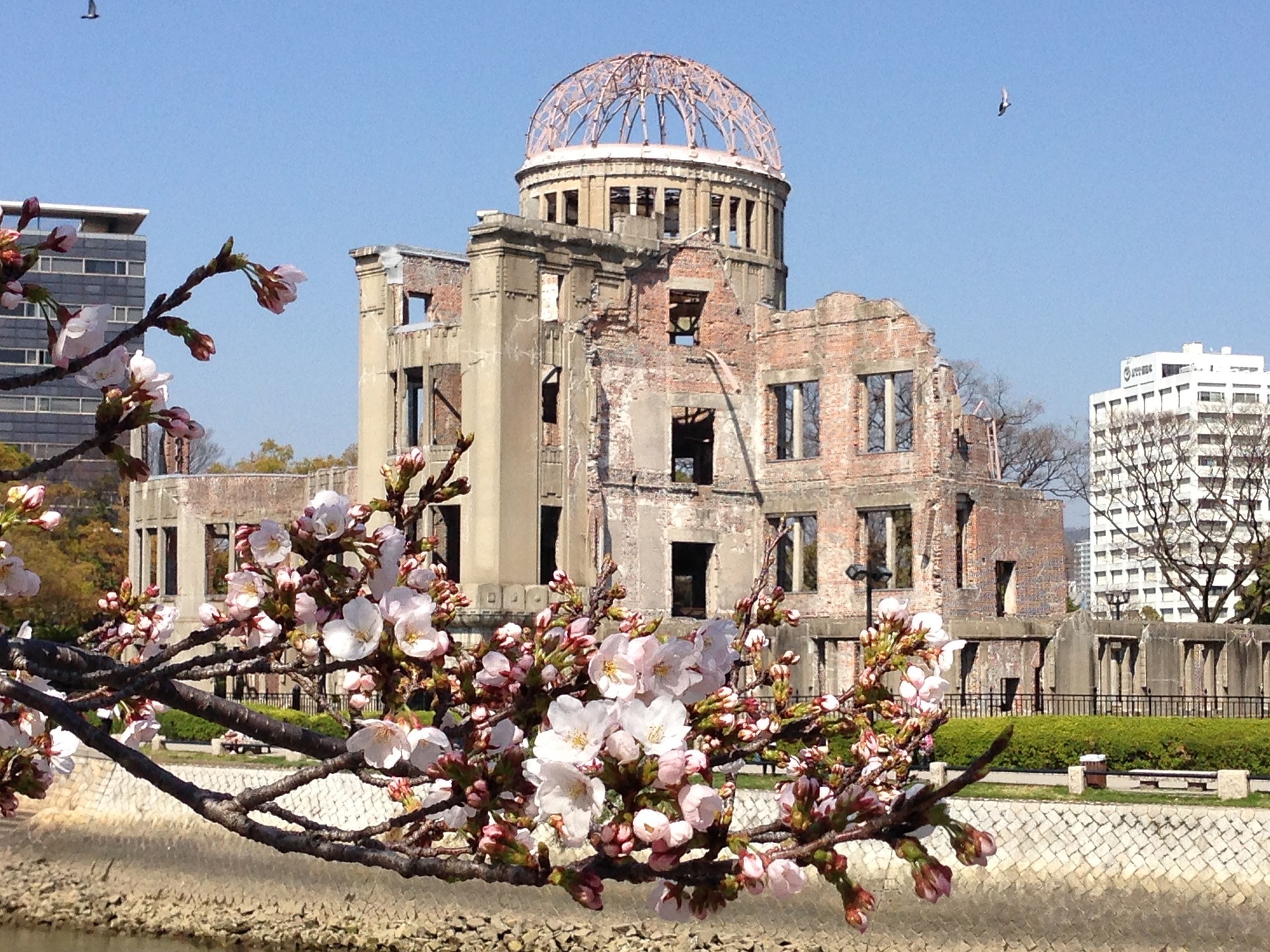
Hiroshima Peace Memorial
Also known as the Atomic Bomb Dome, is a UNESCO Heritage Site since 1996. This building was the only structure left standing near the bomb’s hypocentre. The Hiroshima Peace Memorial is a reminder of the fragility of human life and the mass destruction we are capable of. This building continues to tell the story of how peace should prevail above all.
Address: 1-10 Otemachi, Naka Ward, Hiroshima, Hiroshima Prefecture 730-0051, Japan
Hiroshima Peace Memorial Park
The Hiroshima Peace Memorial Park was once the city’s busiest centre. The park was built on an open field resulted from the explosion. There are several memorials and monuments which continue to attract many tourists from all over the world. On August the 6th, the City of Hiroshima holds the Hiroshima Peace Memorial Ceremony, from the morning at 8:00. During the ceremony, a one-minute silence honours the victims at 8:15 (the time of the explosion). During the evening, there is a Lantern ceremony to send off the spirits of the victims. Lanterns filled with peace messages are released on the Motoyasu River.
Address: Japan, 〒730-0811 Hiroshima Prefecture, Hiroshima, Naka Ward, Nakajimacho, 1丁目
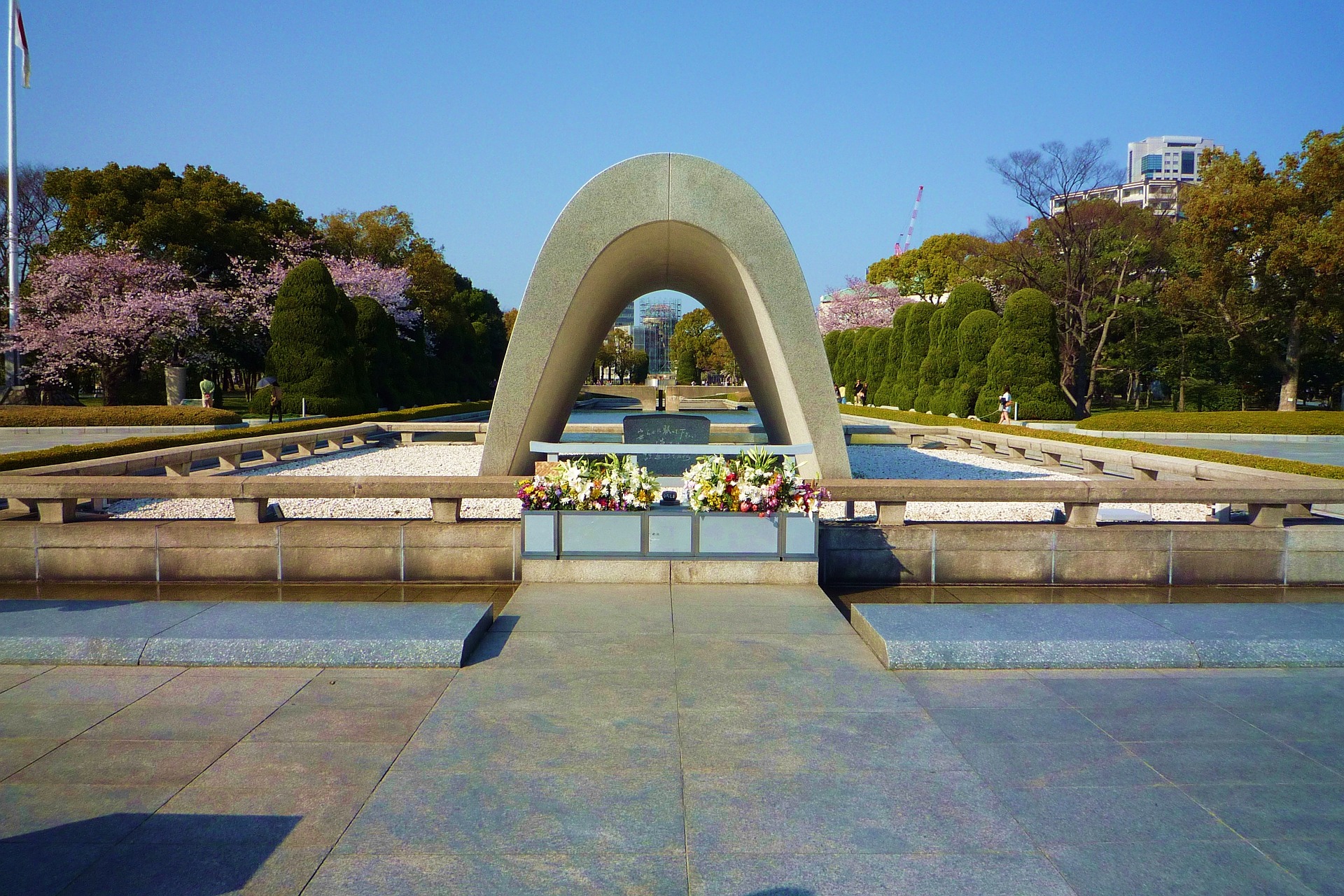
Sadako Sasaki Story
In the Hiroshima Peace Memorial Park, there is a statue of a girl holding a paper crane. People leave paper cranes at the foot of the statue to commemorate her.
Sadako Sasaki was a Japanese girl who lived in Hiroshima. She was only two years old when the atomic bomb was dropped on the city. Sadako was at home when the explosion occurred, around 2 kilometres from ground zero. She was blown out of the window and her mother ran out to find her. She was alive with no apparent injuries. The mother picked up her daughter and tried fleeing the city. About 30-40 minutes after the explosion, brief showers of rain occurred across the northwest of the city. The raindrops were huge, the size of marbles and were oily and black, discolouring clothing. Sadako and her mother were caught up in this “black rain”.
Sadako grew up like any other girl. At the age of eleven, she developed swellings on her neck and behind her ears. One year later, she was diagnosed with acute leukaemia. Many attempts have been made to combat her illness, including blood transfusions. In August 1955 she was moved into a room with a junior high school student, called Kiyo Ohkura. It was this very roommate who told Sadako about the Japanese legends which promise that anyone who folds 1000 origami cranes will be granted a wish. Kiyo Ohkura taught Sadako how to fold an origami crane. There was one problem: Sadako was short on paper. She used medicine wrappings and other pieces of paper she could find around the hospital. Many school kids also brought her pieces of paper so she continued folding her cranes.
It is believed that Sadako managed to fold 644 origami cranes before she died on October the 25, 1955. Her friends made 1000 origami cranes and buried them all with her. Her classmates, family and friends, published a collection of letters to raise funds and build a memorial to Sadako. In 1958 the statue of Sadako was unveiled in the Hiroshima Peace Memorial Park. At the foot of the statue, there is a plaque which reads: “This is our cry. This is our prayer. Peace in the world.”
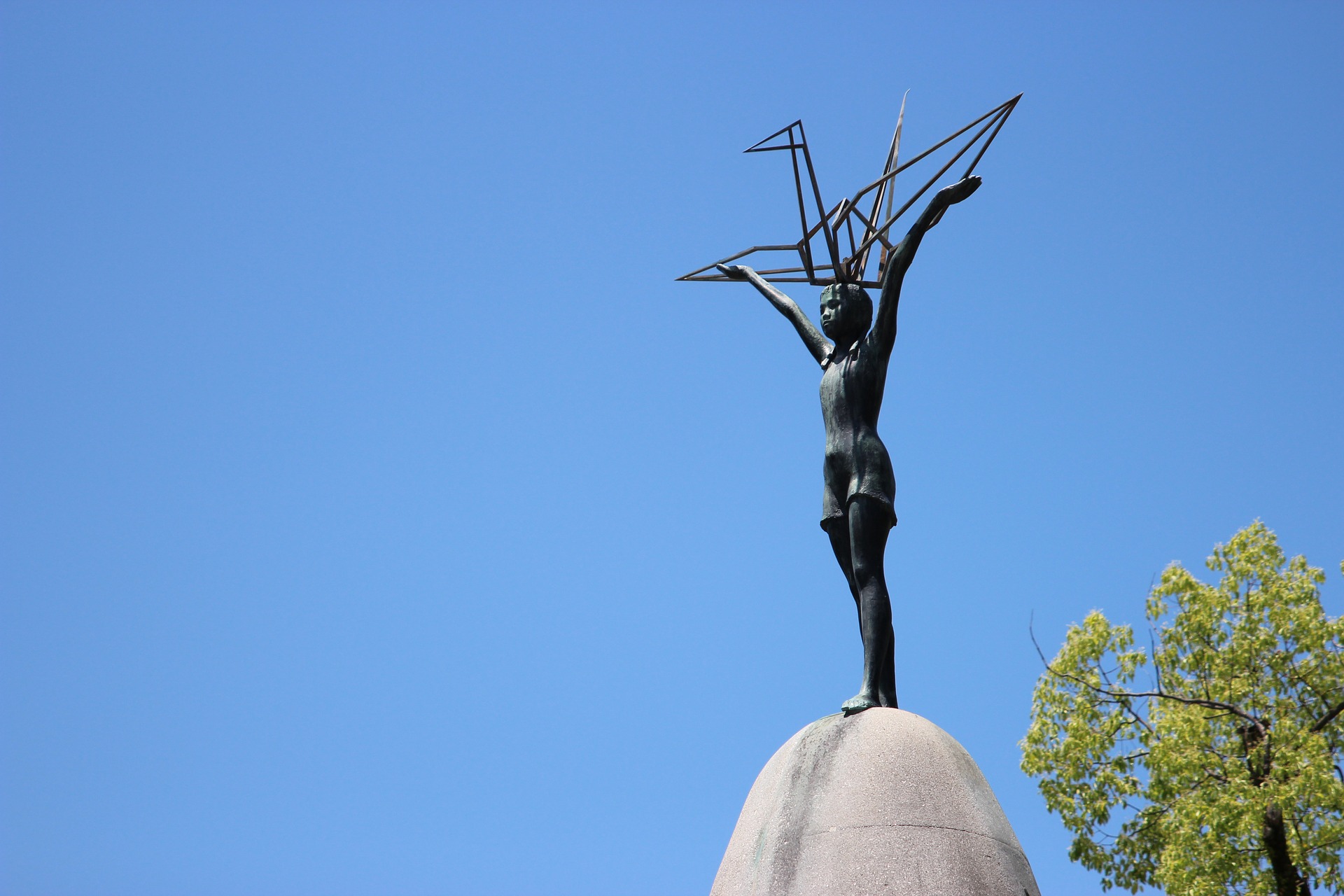
Hiroshima Peace Memorial Museum
The Hiroshima Peace Memorial Museum is located in the Hiroshima Peace Memorial Park, dedicated to documenting the atomic bombing. The relics and photographs you will come across in the museum are pretty horrific and graphic. Although it is recommended to go and see for yourself the level of damage caused, it is not for the faint-hearted. The images are truly disturbing, yet again, a great reminder of how much we need peace in this world.
Adult: 200 yen
High school students: 100 yen
Address: 1-2 Nakajimacho, Naka Ward, Hiroshima, Hiroshima Prefecture 730-0811, Japan
Hiroshima Castle
The Hiroshima Castle (Carp Castle) was destroyed during the bombing. The castle was rebuilt in 1958 and now operates as a museum. The exterior and interior of the caste are equally breathtaking. Don’t forget your camera because from the top floors, you can admire the views of the surrounding castle.
Admission to the castle grounds is free or 370 yen for the main keep.
Address: 21-1 Motomachi, Naka Ward, Hiroshima, Hiroshima Prefecture 730-0011, Japan
Shukkei-en
Perhaps a good way to end the day is to take walk around the Shukkei-en, a historic Japanese garden with flowering trees and a tea shop. It is a small place but one which can offer a corner of meditation after your emotional visit to Hiroshima.
Adult: 250 yen
Address: 2-11 Kaminoboricho, Naka Ward, Hiroshima, Hiroshima Prefecture 730-0014, Japan
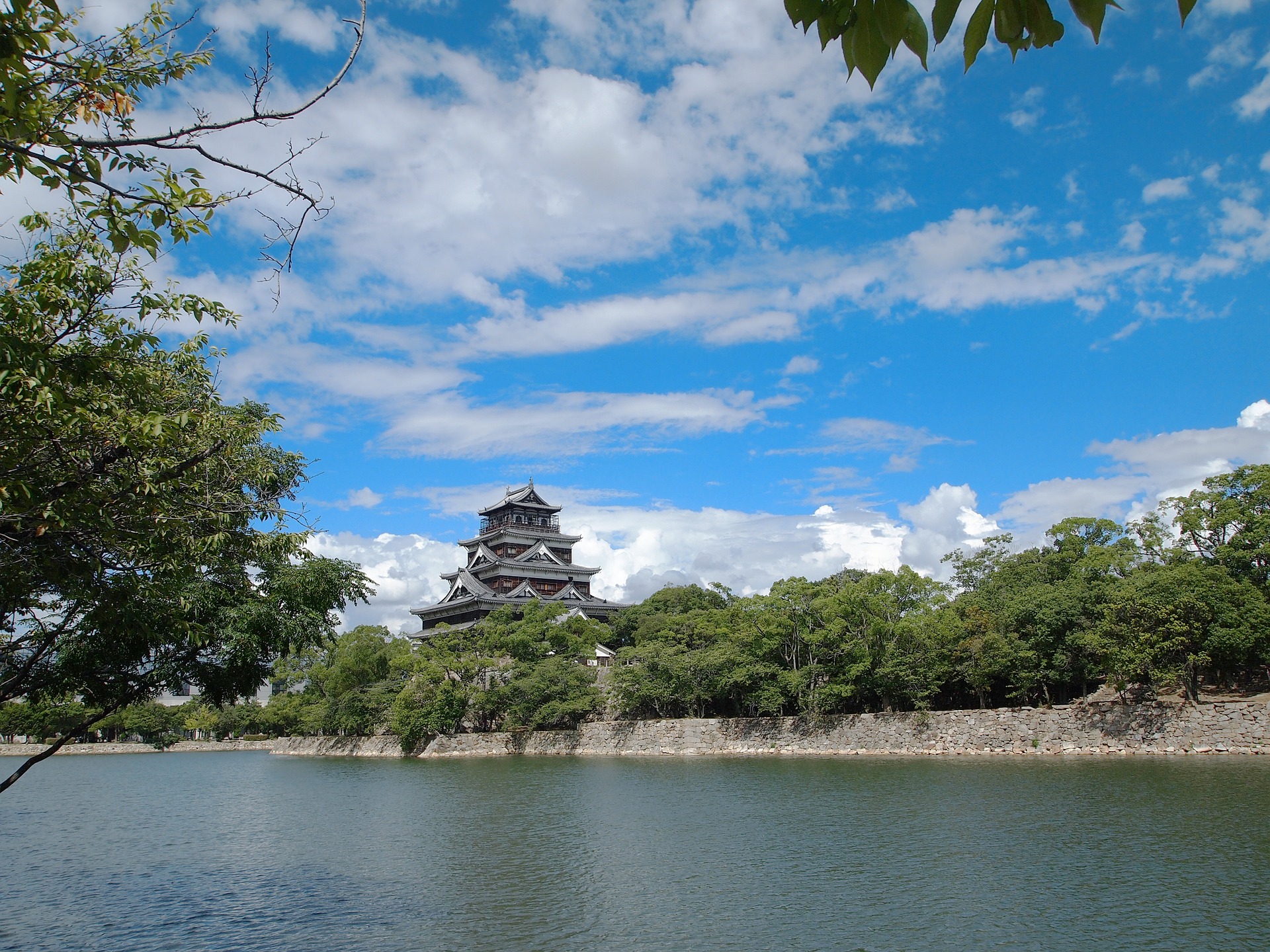
Hiroshima from Osaka to Miyajima
After your day in Hiroshima, continue your journey towards the beautiful Miyajima island. Head over to the Miyajimaguchi station by train. Take the JR train or the Hiroden tram. I suggest taking the JR train as it is quicker.
From Hiroshima to Miyajimaguchi the JR train costs about 410 yen one way. The journey takes approximately 25 minutes. From Hiroshima to Miyajimaguchi the Hiroden tram costs about 260 yen one way and the journey takes 1 hour and 10 minutes.
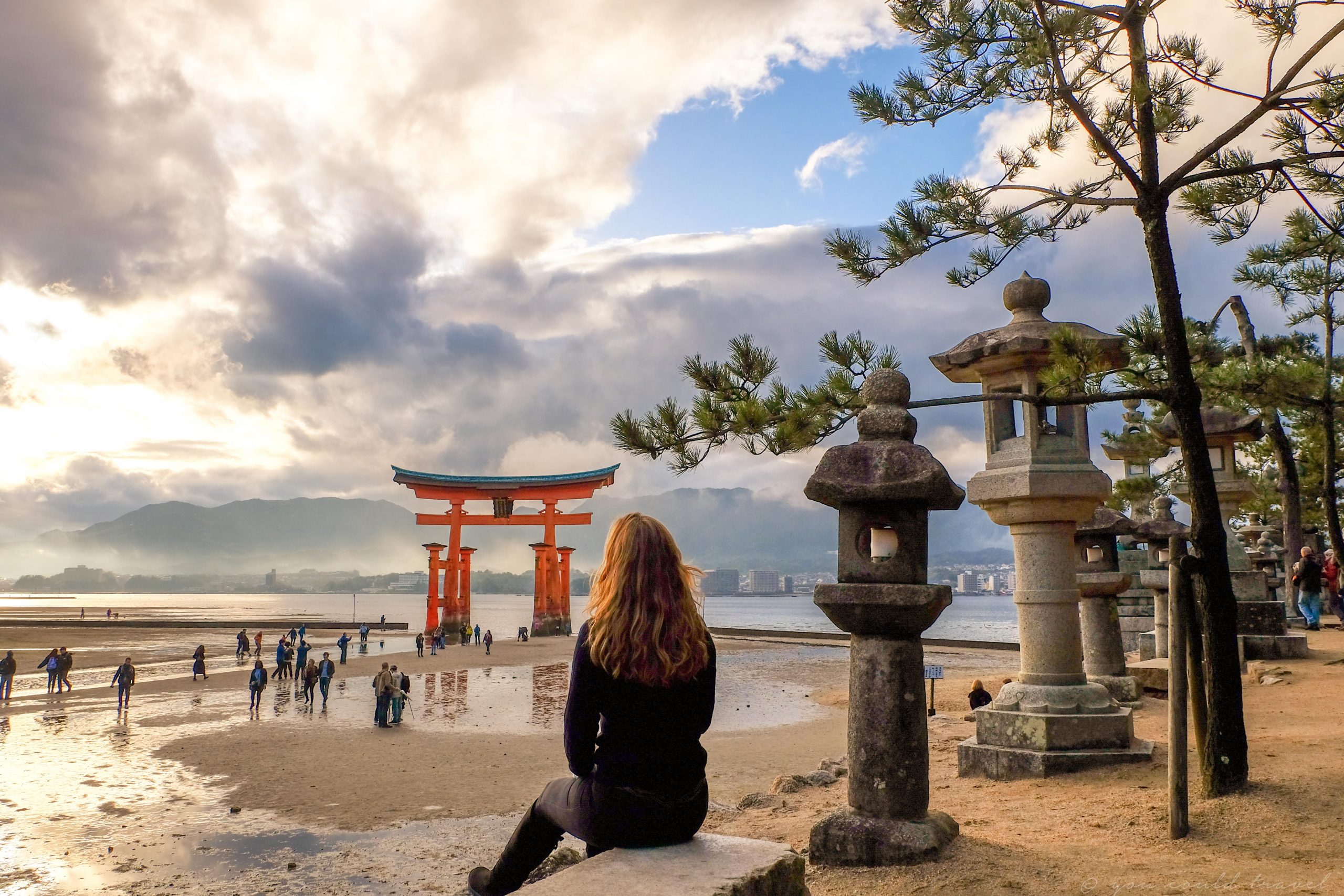
From the Miyajimaguchi station make your way towards the ferry (10-minute walk with plenty of sign). You can take the JR Ferry or the Matsudai Kisen. If you have a JR Pass, take the JR Ferry for free. The JR Ferry departs daily from 9:10 until 16:10. Both ferries depart every 15 minutes. Once you arrive on the Miyajima island, take the smaller streets towards the floating torii gate (Itsukushima Shrine) and look out for the friendly deer residents. Check the tide table here and organise your arrival based on your preference. You can spend countless hours on the island, just take note on the latest ferry if you wish to return back to Hiroshima city on the same day. Alternatively, there is good accommodation available on the Miyajima island if you wish to spend the night.

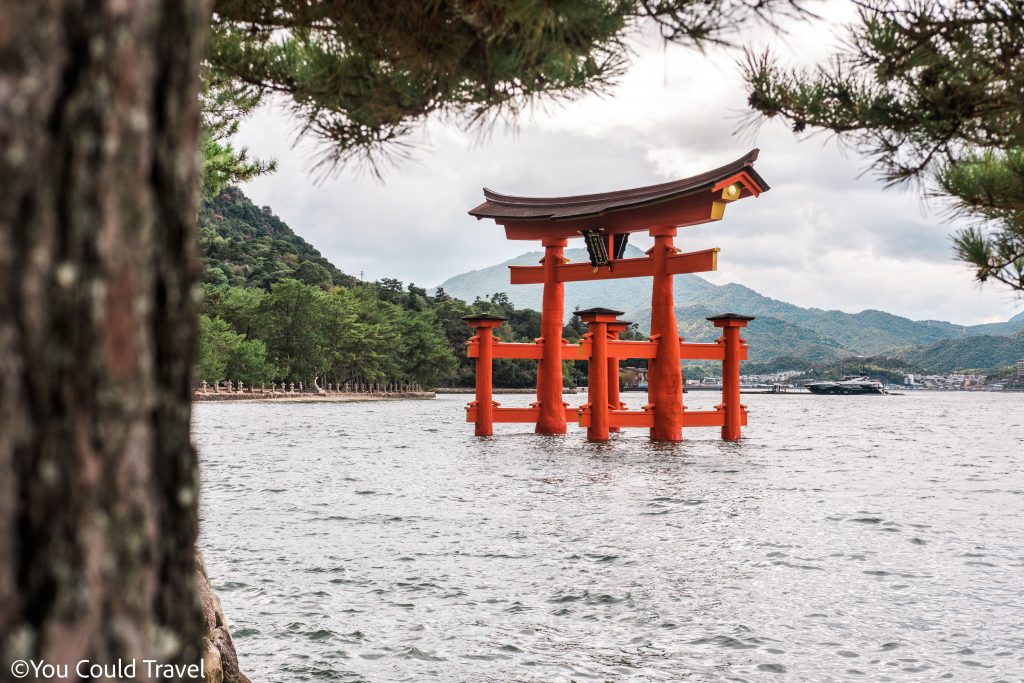
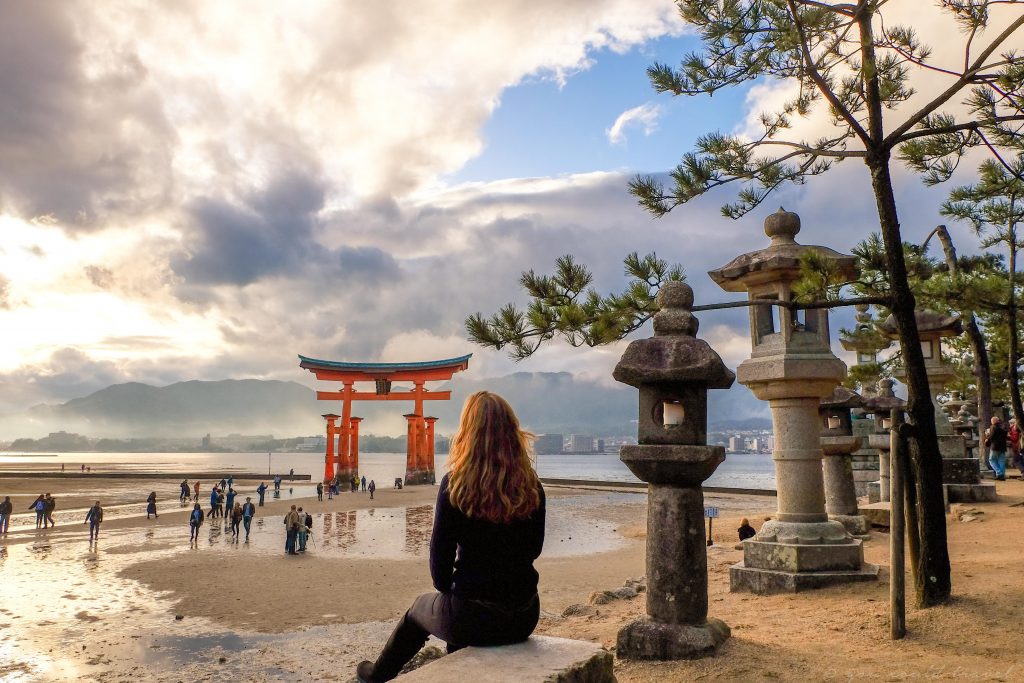
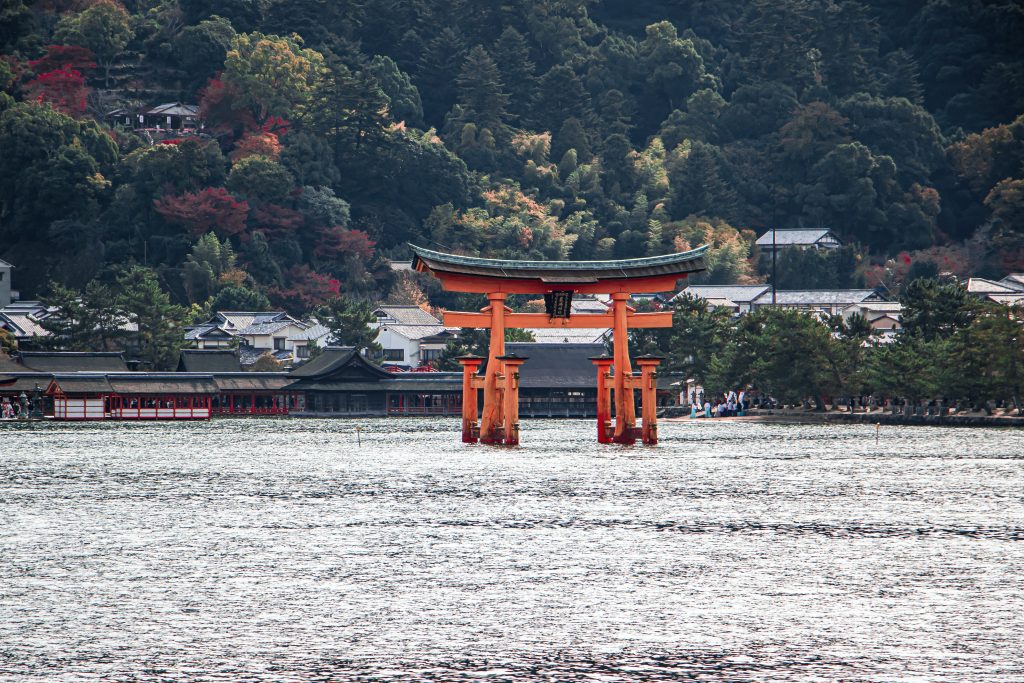
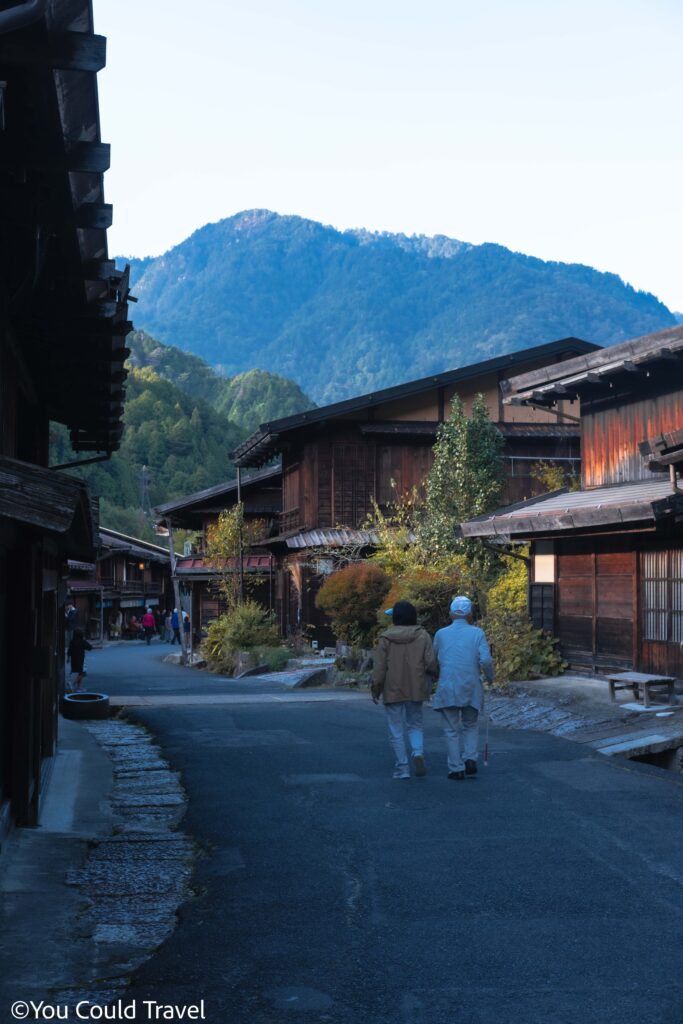
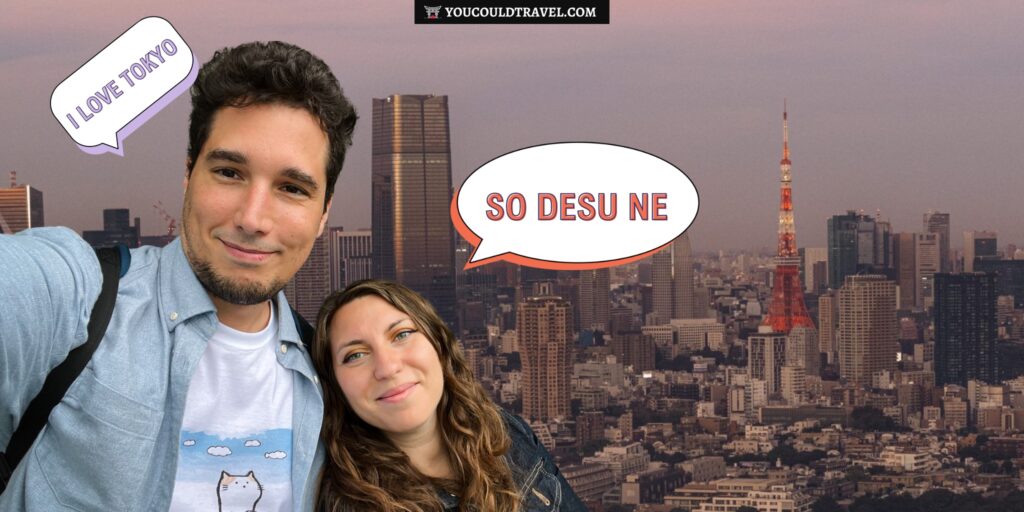
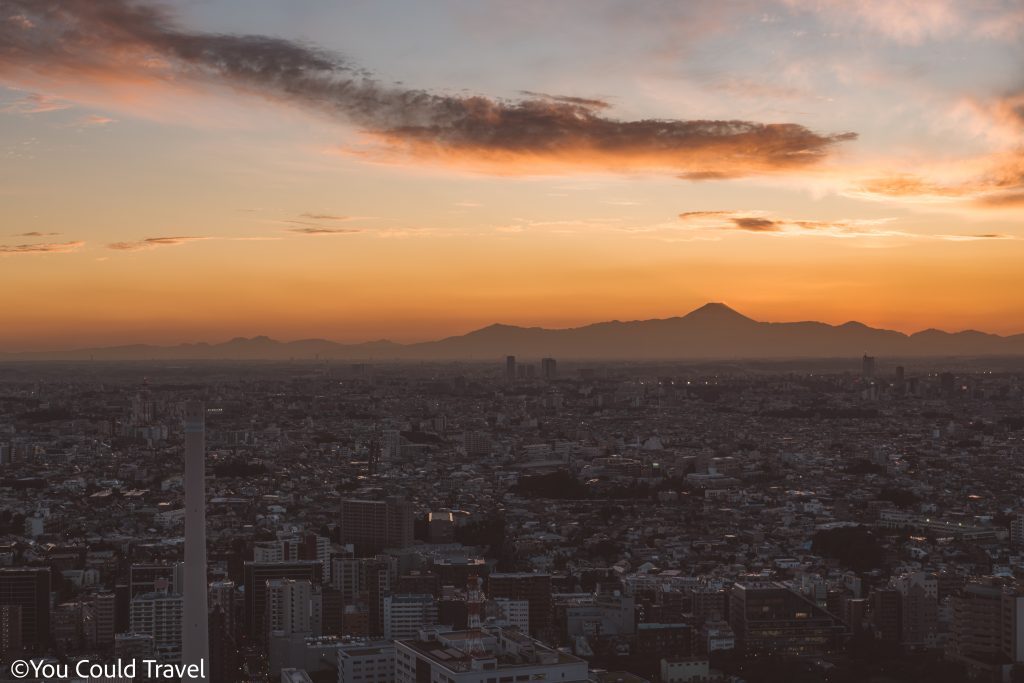
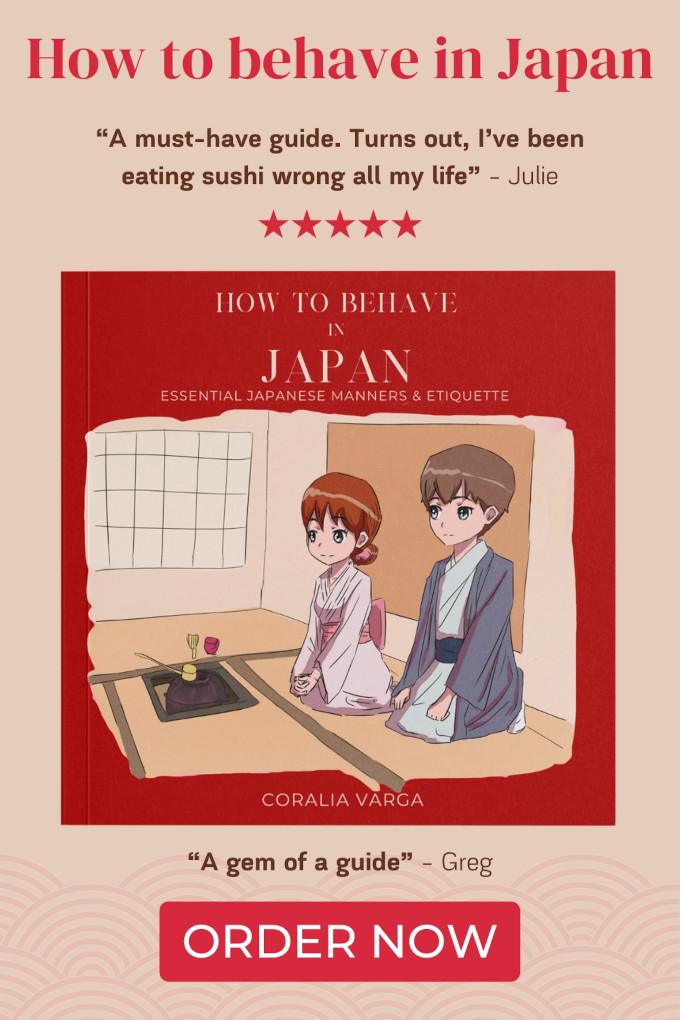

Leave a Reply